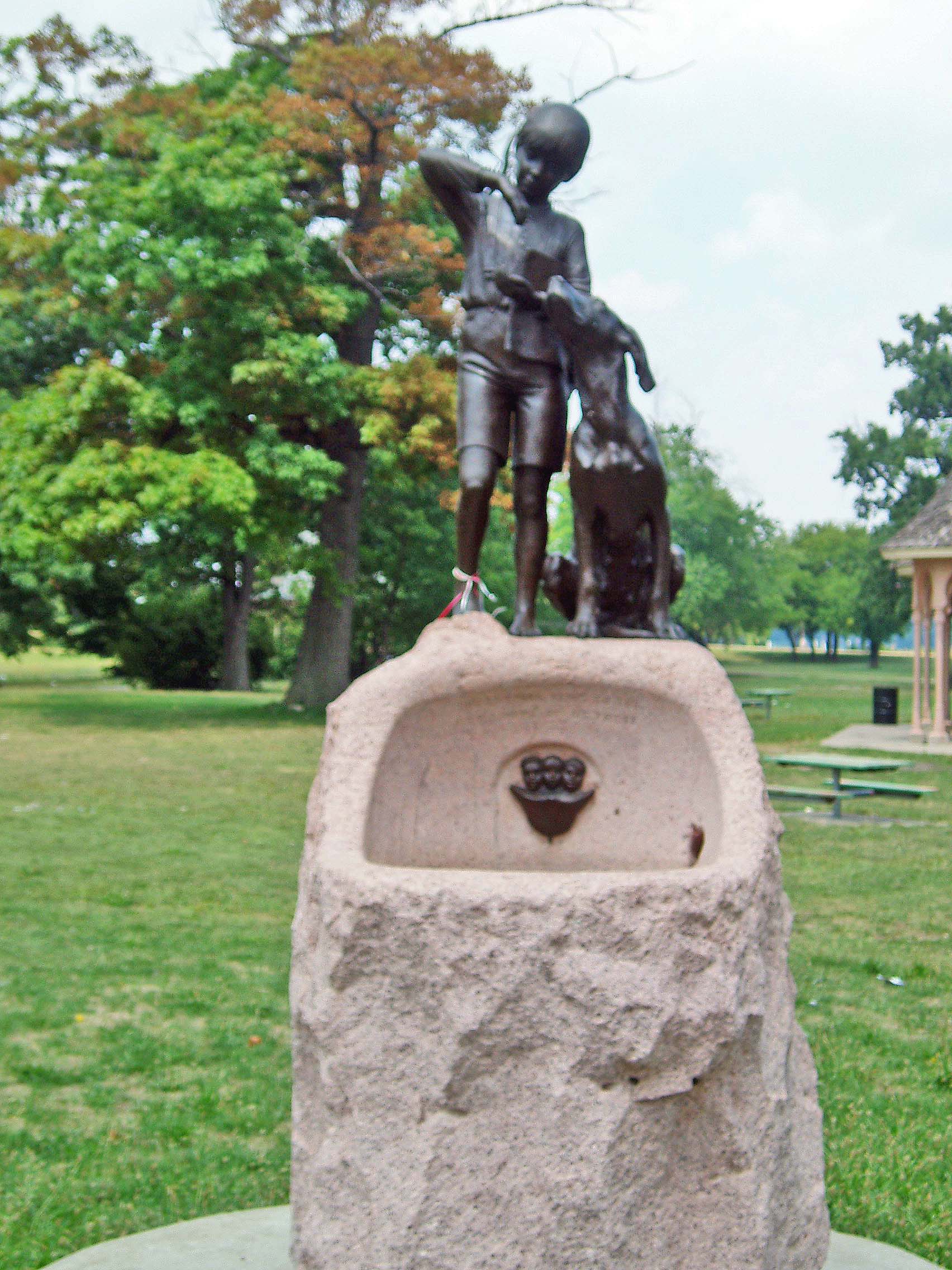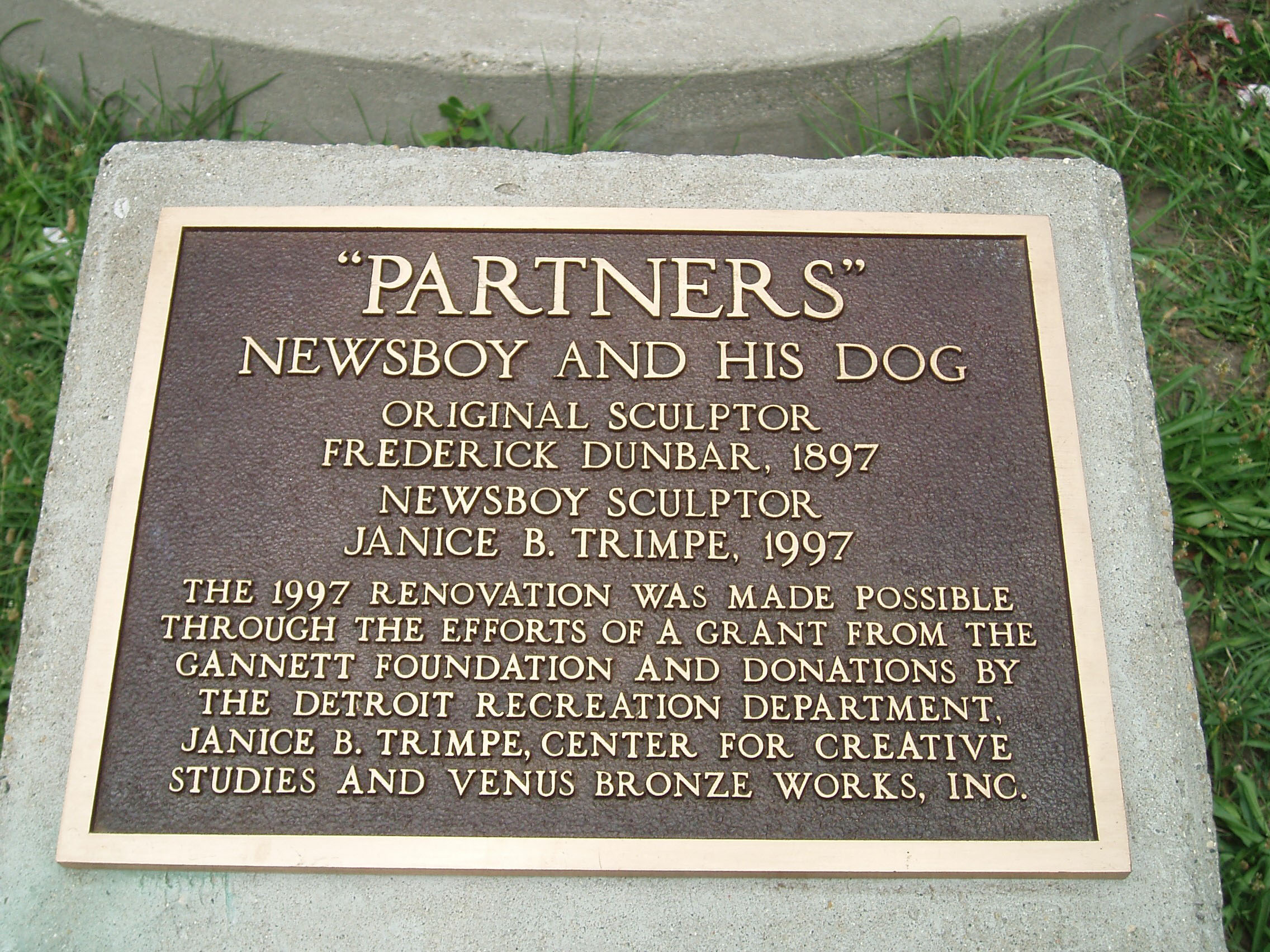


Early in the Nineteenth Century many newspapers existed to espouse the views of political parties or groups with partisan political aims or religious goals. They carried only a little advertising. As urban populations developed in the post-Civil War United States, newspapers became very profitable enterprises. Advertising became important since a middle class gradually emerged with funds to spend for consumer goods. Newspapers faced the challenge of reporting news that people were willing to spend money to read and then the challenge of selling thousands of copies to readers every day. An era of “yellow journalism” developed just before the turn of the Twentieth Century when newspapers published sensational stories or helped to generate political controversies. The nation’s involvement in the Spanish-American War was greatly accelerated and promoted by the press. Indeed, you could reasonably argue that William Randolph Hearst did more than anyone else to incite that war with his popularization of the phrase “Remember the Maine.” That ship probably blew up because of a boiler problem in Havana harbor, but Hearst blamed the explosion on Spanish colonial authorities.
The problem of selling newspapers was solved by recruiting young men to hawk them wherever people gathered. There were few laws requiring school attendance in the late Nineteenth Century so many children of impoverished immigrants could easily be recruited to sell papers. There were at least some protestors at this time that condemned newspaper publishers for getting rich through the lowly-paid labor of young out-of-school boys. I do not know if young girls were also recruited to sell newspapers. I presume that some were but the stereotype of this occupation emphasizes a young man out on the streets selling newspapers rather than studying grammar and numbers. Most large cities had two, three of four major competing newspapers, all of them recruiting young boys. In addition to the major English language newspapers, there were numerous foreign language papers.
This statue was commissioned by the Detroit Evening News, the predecessor of today’s Detroit News. This is the newspaper that James E. Scripps founded shortly after the Civil War and served as the foundation for his very profitable newspaper organization. He was one of the first to realize that urban growth provided an opportunity for media entrepreneurs to prosper. Detroit Evening News bureaucrats invited news boys to a picnic on Belle Isle held on July 6, 1897. The publishers were so appreciative of the work of these young men that they commissioned the statue that you see showing a young man with his dog selling newspapers. Mayor William Maybury gave an oration at this picnic for newsboys and dedicated the sculpture, reported to have cost the Detroit Evening News $3,500. The press reported that five thousand newsboys showed up to enjoy the picnic on Belle Isle.
There is a small picnic shelter right behind this sculpture. That is known as the Newsboy Picnic Shelter. I do not know when it was constructed. It may have been dedicated at the same time as the statue. The picnic shelter was renovated in 1992.
The original statue was designed by Frederick Dunbar. However, his statue of the newsboy was stolen from this location in 1966. It was either returned or located by authorities shortly thereafter and returned to its original site. Eight years later, the statue was once again stolen. A reward of $100 was offered but it was never found or returned. It may still be in the garage of the thief. In 1997, as part of the gradual renovation efforts of Belle Isle, sculptor Janice B. Trimpe of Grosse Pointe was commissioned to produce a duplication of the original.
The original statue was above a water fountain. The renovation did not include making the fountain operational once again.
Frederick Dunbar, of Scotch-Irish descent, was born in Guelph, Ontario in 1849. He studied at the Philadelphia Academy of Fine Art and then in England, and, perhaps, on the Continent. He apparently worked from studios in Toronto and Chicago and may have resided in Detroit in the mid-1890s. Apparently, he was commissioned to sculpt a bust of Hazen Pingree. He was not, apparently, a very successful sculptor and few of his works remain. Even his potentially famous newsboy sculpture is missing. His brother, Ulrich Dunbar, was also a sculptor.
The reproduction of the original was sculpted by Janice Trimpe, a sculptor who studied at Detroit’s Center for Creative Studies. She specializes in large outdoor bronze monument commenting significant figures and events such as the one you see pictured here.
Sculptor for the original: Frederick Dunbar
Date of dedication: July 6, 8997
Sculptor for the recreation: Janice B. Trimpe of Grosse Pointe.
Website for the sculptor of the present work: http://www.trimpesculpture.com/
Biographic information about Frederick Dunbar: http://www.lhaywardcollection.com/index_files/Page536.htm
Use in 2011: Public Art
Description prepared: December, 2011
Return to Public Art and Sculpture
Return to Homepage